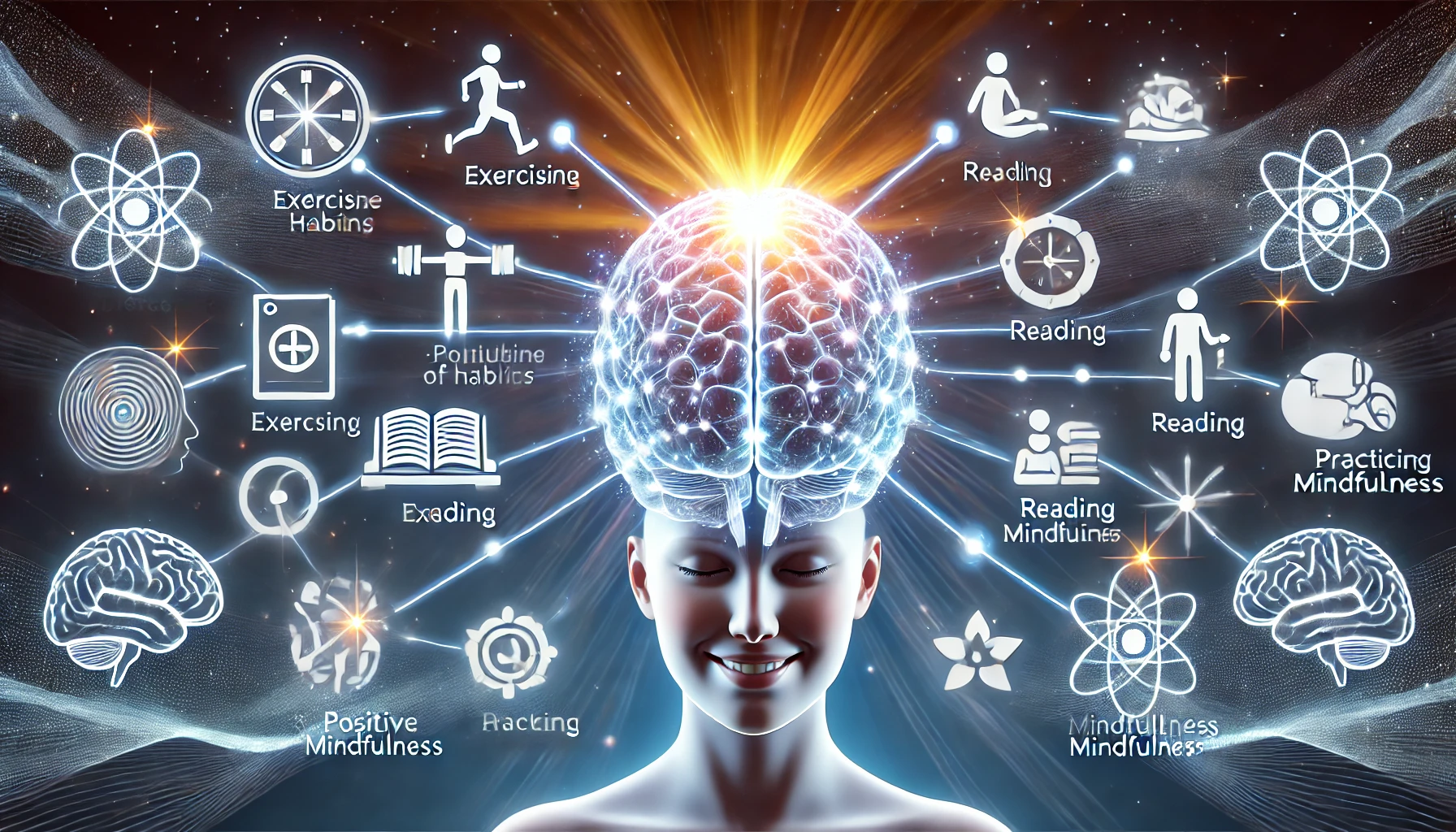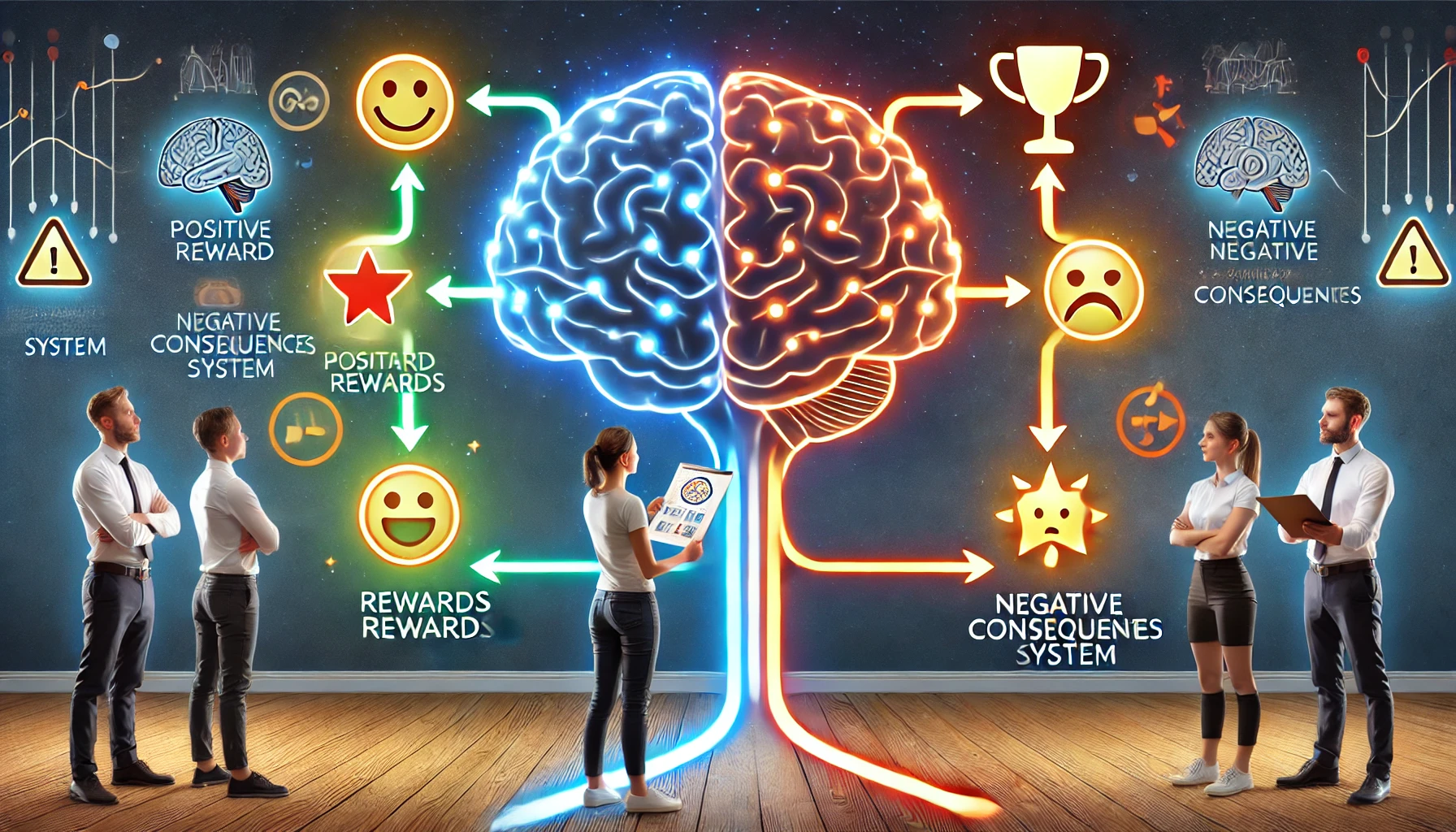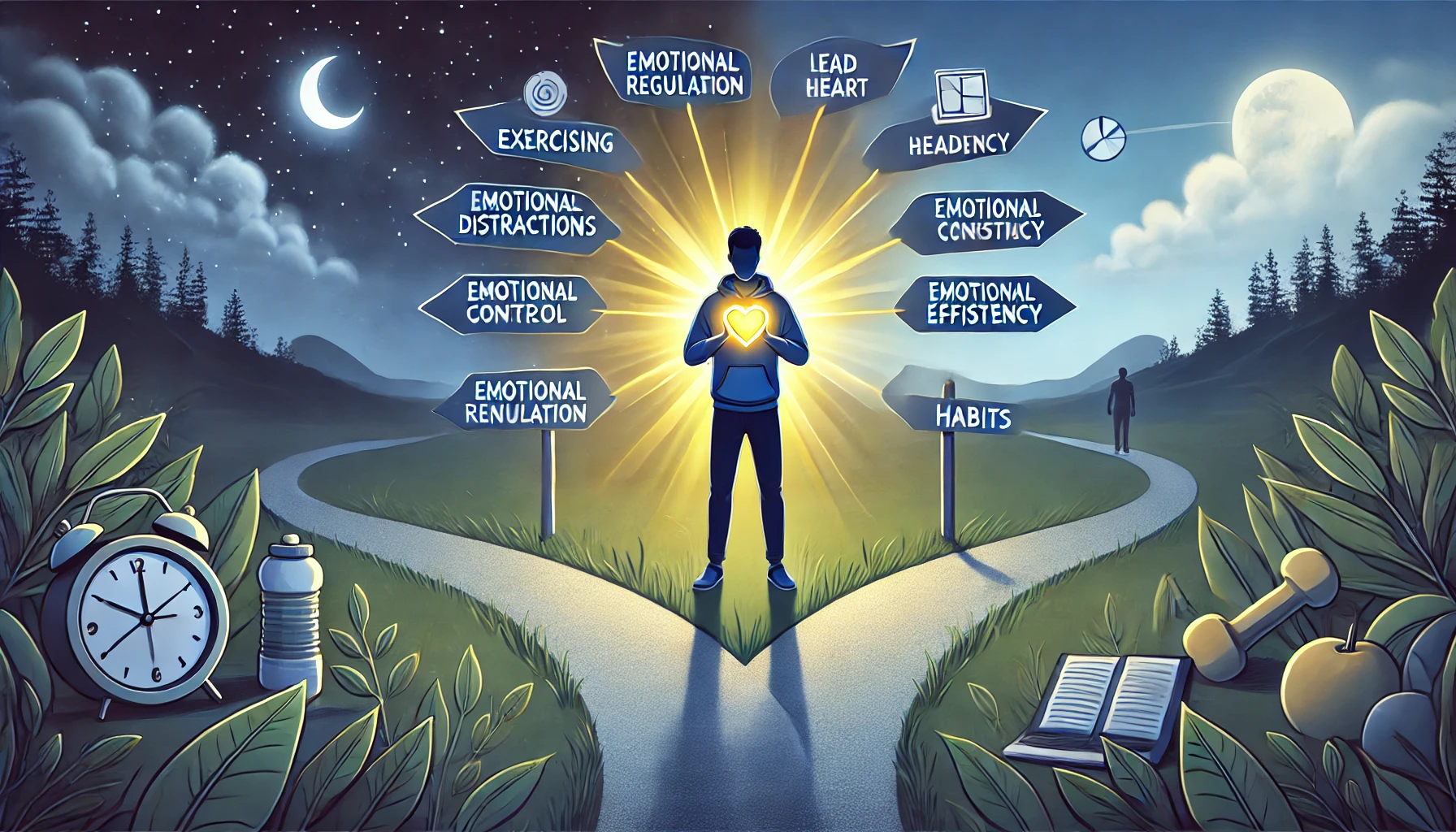Setting goals is easy, but achieving them requires more than just motivation. Neuroscience reveals that the way you set goals directly impacts your brain’s ability to follow through. By understanding how your brain processes motivation, reward, and focus, you can design goals that are not only ambitious but also achievable.
In this article, you’ll learn how to use brain science to set goals that align with your natural cognitive processes, increase motivation, and improve long-term success.
1. How Your Brain Processes Goals
When you set a goal, your brain activates the prefrontal cortex, which is responsible for planning, decision-making, and impulse control. However, if a goal feels too vague or overwhelming, the brain struggles to maintain focus, leading to procrastination or giving up too soon.
Another key player is dopamine, the brain’s reward neurotransmitter. When you make progress toward a goal, dopamine is released, reinforcing motivation. The more often your brain experiences small wins, the more likely you are to stay committed.
Key Brain Areas Involved in Goal Setting
- Prefrontal Cortex – Controls focus, decision-making, and long-term planning
- Striatum – Reinforces habits and tracks rewards
- Amygdala – Processes emotions and reactions to challenges
- Dopamine System – Drives motivation and pleasure in achieving goals
📌 Example: When you set a goal to run a marathon, your prefrontal cortex helps plan training, your dopamine system rewards small achievements, and your striatum reinforces consistent running habits.
2. The Science of Effective Goal Setting
✅ a) Use the SMART Framework to Engage Your Brain
Neuroscience suggests that clear, structured goals improve focus and execution. The SMART framework aligns with how the brain processes information.
- Specific – Your brain needs clarity (e.g., “Lose 10 pounds” instead of “Get fit”).
- Measurable – Progress tracking boosts dopamine release.
- Achievable – Goals should challenge you but remain realistic.
- Relevant – Your brain prioritizes meaningful goals.
- Time-bound – Deadlines create urgency and prevent procrastination.
📌 Example: Instead of “I want to read more,” a SMART goal would be “Read one book per month for six months.”
✅ b) Break Goals into Micro-Goals for Faster Progress
Your brain struggles to process large, overwhelming goals. Breaking them into smaller milestones makes them more manageable and triggers dopamine rewards along the way.
- Large Goal: Write a 50,000-word book
- Micro-Goals: Write 500 words per day for 100 days
Each completed step reinforces progress motivation, making it easier to stay consistent.
📌 Example: Athletes use progressive training by gradually increasing intensity, ensuring small wins keep motivation high.
✅ c) Implement Visualization to Prime Your Brain for Success
The brain doesn’t distinguish between real and vividly imagined experiences. Neuroscience research shows that visualization strengthens neural pathways associated with goal achievement.
- Mental Rehearsal – Imagine completing your goal successfully.
- Emotional Connection – Feel the excitement and satisfaction of achievement.
- Consistency – Spend 5 minutes daily visualizing progress.
📌 Example: Olympic athletes visualize winning competitions to enhance performance, increasing brain engagement and confidence.
✅ d) Use Dopamine Rewards to Maintain Momentum
Your brain is wired for reward-seeking behavior. If progress feels too slow or goals lack immediate rewards, motivation declines.
- Celebrate small wins (checking off milestones, progress tracking).
- Use external rewards (e.g., watch a movie after completing a weekly goal).
- Keep goals exciting by introducing variation and new challenges.
📌 Example: A study found that people who tracked their progress visually were 35% more likely to complete their goals.
✅ e) Reframe Failure to Strengthen Neural Adaptation
Failure activates the amygdala, triggering emotional responses like frustration or self-doubt. However, reframing failure as a learning experience strengthens resilience and problem-solving.
- Shift perspective: View setbacks as feedback, not proof of failure.
- Analyze patterns: Identify what didn’t work and adjust strategies.
- Stay flexible: Adapt goals based on real-world experiences.
📌 Example: Thomas Edison viewed his failed experiments as progress, saying, “I have not failed. I’ve just found 10,000 ways that won’t work.”
3. Long-Term Strategies to Sustain Goal Progress
Prioritize Sleep and Recovery
Lack of sleep impairs the prefrontal cortex, reducing focus and decision-making. 7-9 hours of sleep enhances cognitive performance and goal persistence.
Reduce Decision Fatigue
Making too many decisions weakens willpower. Automate repetitive tasks (e.g., meal prepping, scheduling workouts) to conserve mental energy.
Surround Yourself with Goal-Oriented People
Your brain mirrors the habits and attitudes of those around you. Being in a success-driven environment increases accountability and motivation.
📌 Example: Studies show that you are more likely to achieve your goals when surrounded by people with similar ambitions.
Final Thought: Train Your Brain to Set and Achieve Goals Effectively
Neuroscience proves that goal-setting isn’t just about ambition—it’s about structuring goals in a way that aligns with how your brain functions. By using SMART goals, micro-goals, visualization, and dopamine reinforcement, you can significantly improve your chances of long-term success.
✅ Break goals into small, actionable steps
✅ Use visualization to strengthen goal commitment
✅ Celebrate progress to keep motivation high
Start today: Apply one of these neuroscience-backed strategies to your next goal and see the difference in your focus and consistency! 🚀












Leave a Reply